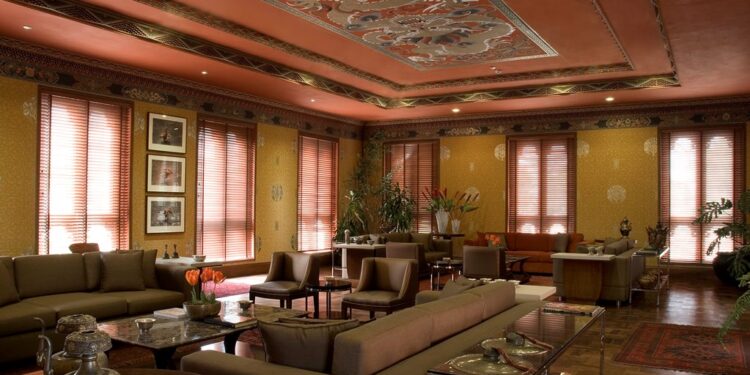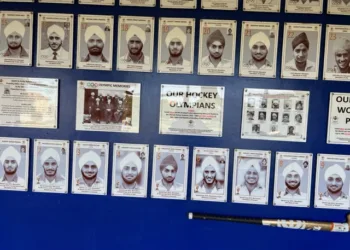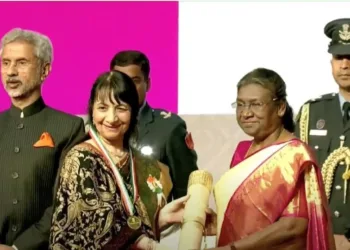The only person to be awarded a Padma Shri for interior design and perhaps India’s first woman interior designer, SUNITA KOHLI is a dynamo and a fascinating person. Her notion of paying back to her country with her skills, preserving its prominent historical and heritage structures for posterity, and using indigenous arts and crafts in contemporary Indian spaces, gives new meaning to the idea of patriotism.
BY MALATI K. VIJAY
Restoration work at Rashtrapati Bhavan, the Prime Minister’s Office, the Prime Minister’s Residence, the Indira Gandhi Memorial Museum, the British Council building and Hyderabad House in Delhi… if that is not impressive enough, get ready to be boggled a little more by Padma Shri Sunita Kohli.
Wearing multiple hats: interior designer, a globally recognised architectural restorer, cultural icon, furniture maker, researcher, guest lecturer, author, social worker… Kohli’s career in interior design coincides with the start of the profession in India in the early 1970s, placing her historically as perhaps the first woman interior designer in the country.
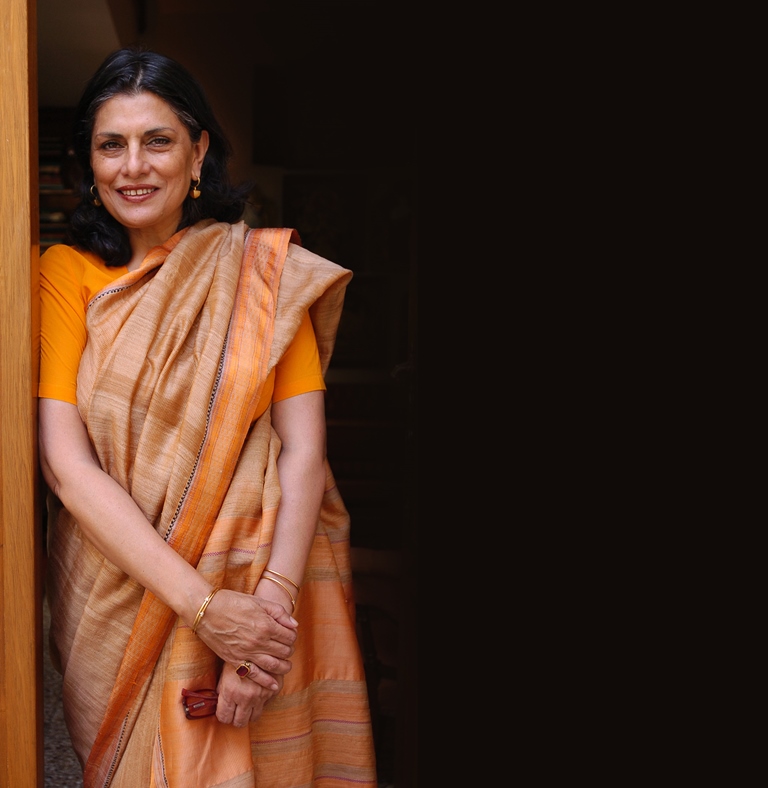
“India’s design culture is a unique one. What the western world refers to as a collective of art, craft, architecture and design, is evocatively referred to by a singular term in the Indian context — kala,”she says in Kala—Essays on Contemporary Design Aesthetics, a coffee-table book she has edited.
Born in Lahore in 1946, she grew up in Lucknow post-Partition. The architectural heritage of Lucknow, its plurality, and the18th and 19th century furniture and lamps she got to see and collect from the kabadiwalas, all had an indelible influence and she started off as a furniture restorer. Soon Kohli started manufacturing, and then went on to design homes, hotels, and restore iconic heritage buildings in India and abroad.
As India completes 75 years of independence, her notions of paying back to her country with her skills, preserving its prominent historical and heritage structures for posterity, and celebrating its syncretic culture through her work, give new meaning to the idea of patriotism. She is credited with preserving the legacy of Sir Edwin Lutyens. Barring the British Council building, she says she did this restoration work gratis, as her contribution to nation building. “My education has made me aware of my privileges, and that compels me to give back to society in whatever ways I can,” she says.
Globally, Kohli has done a boutique hotel project in the Old City of Lahore (Pakistan); designed the National Assembly building in Thimphu (Bhutan); done hotels and a stunning casino for The Oberoi Group in Cairo (Egypt); done luxury hotel boats on the Nile; and done residences in Sri Lanka.
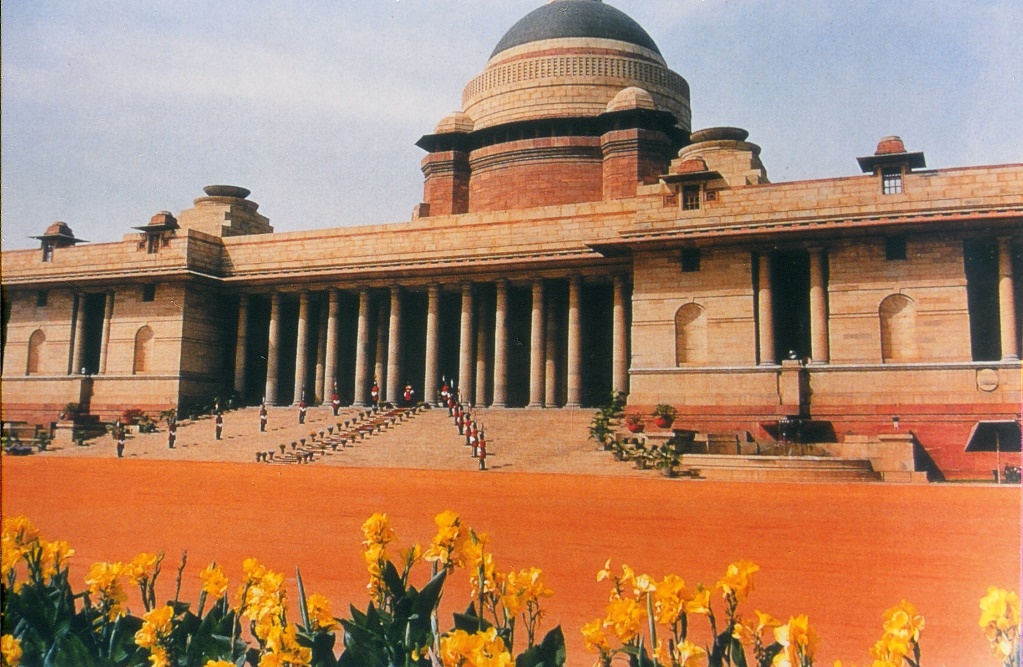
Currently, K2India, the award-winning multi-disciplinary architecture and design firm she co-founded with her daughter, architect Kohelika Kohli, in New Delhi, has interior architecture projects underway across India and in the US, UK, Europe, the Middle East and Southeast Asia.
In 1972, Kohli had started furniture manufacturing. “I started with reproduction of period furniture in perfect proportions. Rather than doing heavily carved French pieces, I tended to do much simpler, but to me, far more sophisticated 18th century English styles. Gradually, I moved on to other styles, each deeply researched before the making of its prototypes, like Biedermeier, Art Deco, Colonial, Mid-Century and Classical-Contemporary furniture,” she says. Sunita Kohli Interior Designs happened in 1972. Her first major project was a small hotel in Khajuraho for the Oberois in 1975-76.
Straddling the classical and contemporary styles with equal ease, Kohli says, “The quintessence of my style is a certain timelessness. My style is contextual to the cultural milieu of the place where I am designing the project. Even though I have worked on disparate projects, across many regions of India and in many countries, I think I have always endeavoured to create interiors that are rooted, but always with wit and flourishes of whimsy. Charles Correa would often say: Sunita, you could be 10 designers rolled into one!”
Kohli is well-known for introducing indigenous art and crafts into contemporary Indian homes. She championed the use of the now ubiquitous Urli and Tanjore paintings in the interiors of North India. “I love Tanjore and Mysore paintings because they are native art. I admire the craftsmanship that goes into it. I could write a whole book on the uniqueness of the genre. I have always loved the form of Urlis and the lost wax process by which they are made, since the first time I saw them in Kerala in the early 1970s. I have used them extensively within contemporary spaces.”
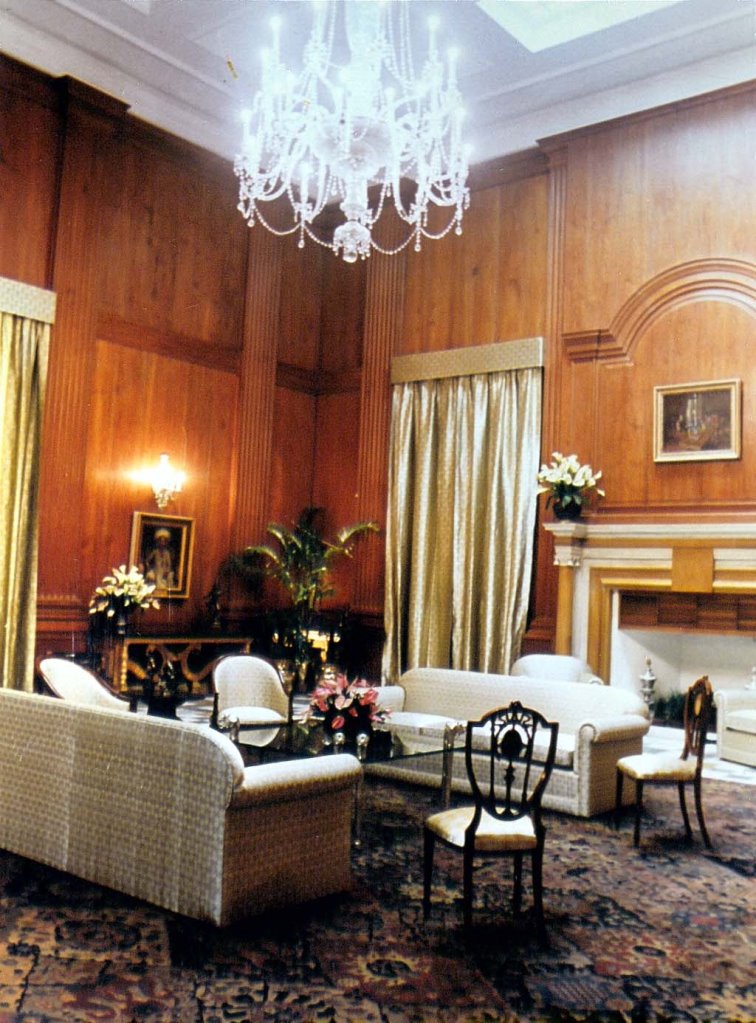
Not only do these objects add a cultural context, they also spark nostalgia for one’s roots, as Kohli recalls from an incident in 1985: “This was after I had completed the interiors work at the PMO in South Block. The drill used to be that if the PM was coming, everyone had to stand facing the wall while he and his party with security walked by. Rajiv Gandhi was then the prime minister and he would run up the stairs, taking them two at a time. One could hear the footsteps as his posse of SPG men would also be running after him. That day, after the PM had gone up, one SPG officer came down to talk to me, which was surprising since the SPG followed such a strict code of conduct that they would never greet anybody or utter a word. But he burst out: ‘Ma’am, where did you get this Urli from, because this has the name of my village on it?”
Sunita Kohli has many firsts to her credit. She is a recipient of the Padma Shri in 1992, the only person to be awarded in the interior design field. In the same year, she received the Mahila Shiromani Award from Mother Teresa. Kohli is also the first Indian designer-architect to be invited to give an illustrated lecture at the prestigious National Building Museum in Washington, DC, in 2003. As chairperson of the board of the School of Planning and Architecture, Bhopal, she was the first woman appointed to this position in a National Institute of Excellence.
She recounts meeting Mother Teresa as an unforgettable memory. “The ceremony was to be held at the Oberoi Grand, Kolkata. I was staying in the same hotel. I decided to come down early to have a look at the ballroom, where the ceremony was going to be held, as I had refurbished the space in the past. To my surprise, Mother Teresa, with Sister Nirmala, walked in unannounced half an hour early. And there was no one to receive her! So I went over to welcome her and shook hands. Even though she was bent, the handshake was so firm. I felt I was in the presence of a saint, and felt so small. She said to me: Each one of us has come to earth to do what God wanted us to do. For you it is design.”
Kohli’s many interests led her to co-author a book with her mother, Chand Sur, The Lucknow Cookbook, which is a collection of recipes that celebrates the tehzeeb and nazaakat of Lucknow and showcases its culture, entwined with culinary traditions.
She has several new books in the pipeline. “The manuscript of my book, The India Cook Book — From the Tables of My Friends, is with the publishers. I am working on a few other books—one on heritage, the other is a design memoir, and yet another is a children’s book on Delhi’s architecture which has been illustrated by our three grandchildren, Anadya, Zohravar and Aaryaman. There is another book of poems, Not a Fall from Grace. These should all come out by 2023 and 2024, if I live long enough to tell these tales!”
Yes, at the age of 75, her energy and multiple interests are inspiring! She, however, just thinks of it as natural, as these are interests from her youth. “I have multicultural interests, many of which may be pursued within the same overall time-frame, but never at the same time. I am not a multi-tasker. I work on one thing at a time, in a compartmentalised and concentrated way, even though in a day I might be doing a few different things.”
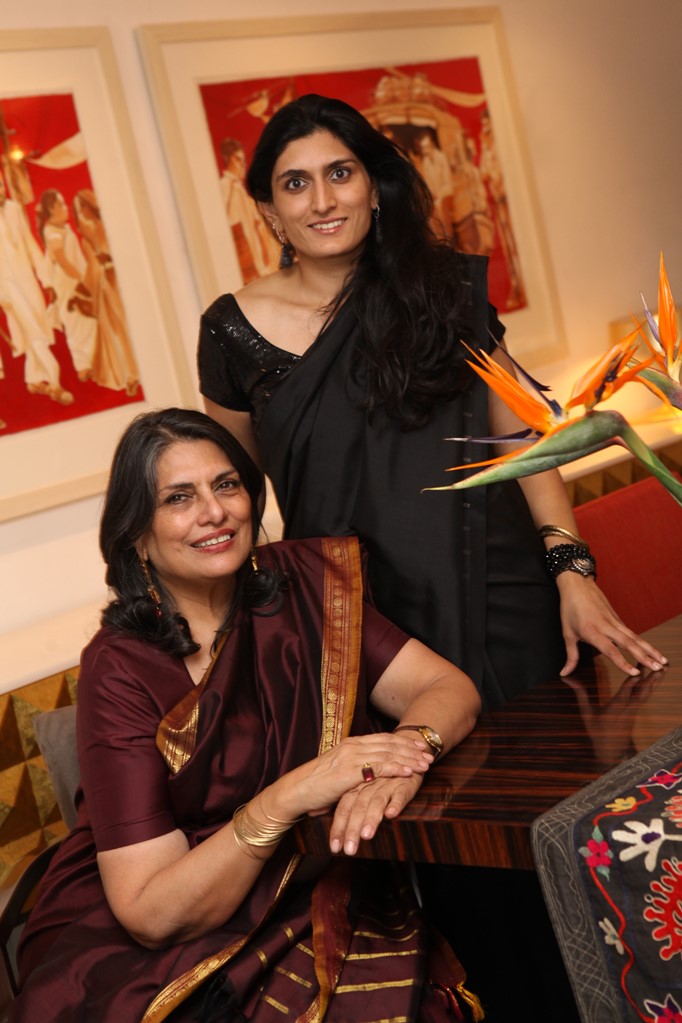
Mother-Daughter Dynamics
In 2010, Sunita Kohli co-founded K2India—a multidisciplinary architectural and design firm—with her daughter, Ar. Kohelika Kohli. It brought together various disciplines—
Kohelika Kohli Architects (established 2004), the architecture and project management unit of K2India; Sunita Kohli Interior Designs Pvt Ltd (established 1972), the interior design unit of K2India; and Sunita Kohli & Co (established 1971), the furniture manufacturing unit of the company. “The dynamics of working with one’s daughter have worked out quite well. The interesting fact is that, apart from being mother and daughter, we are two professionals who work together and respect each other’s viewpoints. Each one of us often brings another perspective, and there is a multiplicity of viewpoints happening simultaneously. That is good for any given project. The change from being a classical designer to a contemporary one happened naturally as all of us evolve through travel, reading, research, meeting and learning from other great minds. Kohelika, who studied architecture at the Pratt Institute of Design, New York, and worked in New York, Italy and England, imbibing diverse design cultures, brings another exciting dimension into our workplace.”
(The writer is a Bengaluru-based freelance journalist and content consultant. Formerly with the Times of India, Economic Times and Livingetc India, she writes primarily on design, art and lifestyle. She also enjoys giving a healthy twist to various cuisines.)


